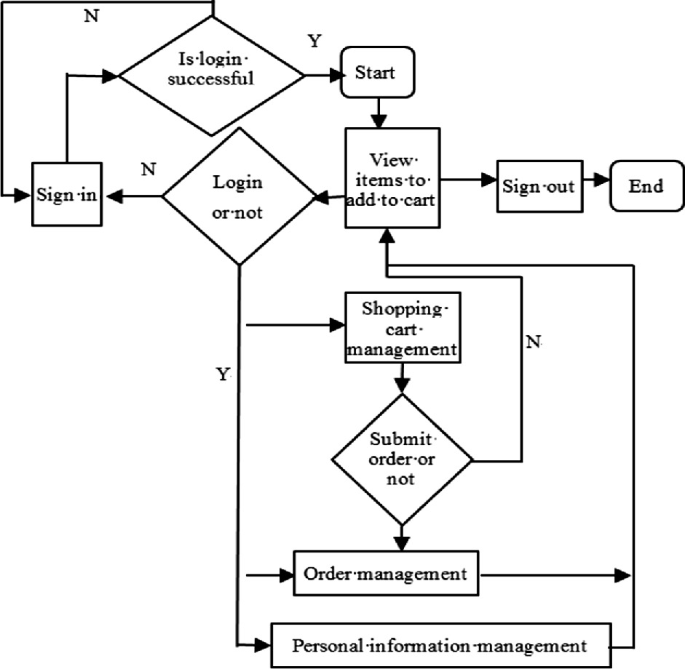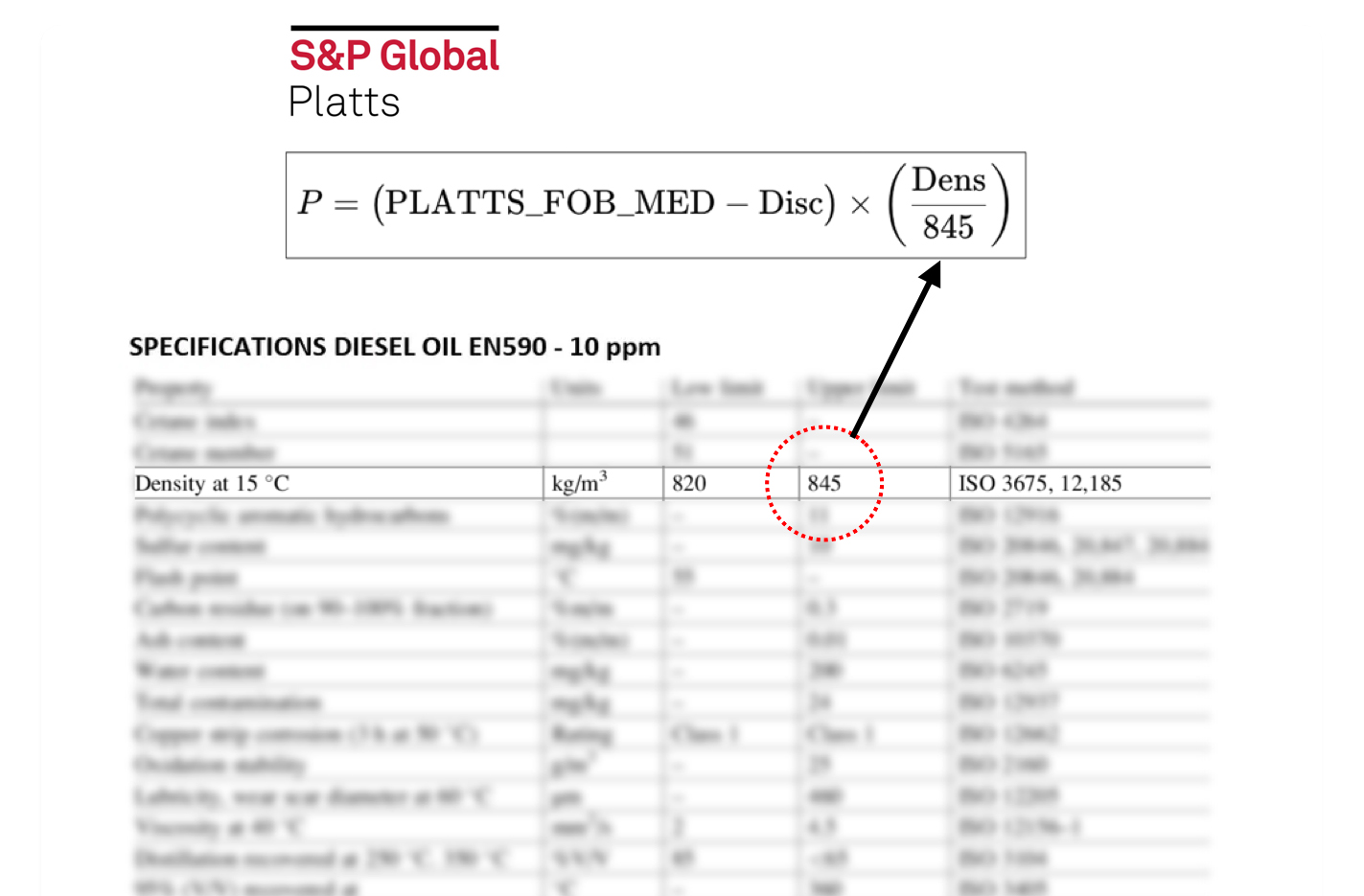Introduction – The Hidden Structure of EN590 Pricing (and Why 95% of Buyers Misunderstand It)
Most buyers entering EN590 or Jet A1 transactions don’t understand markup, gross vs. net pricing, or the internal commission structure behind a petroleum deal.
Result?
They ask the wrong questions
They reject legitimate offers
They expose themselves as inexperienced
Sellers refuse to engage
Broker chains collapse
Deals fail before KYC
The biggest mistake buyers make is expecting to see:
❌ Gross price
❌ Net price
❌ Detailed commission breakdown
❌ “Who gets what”
No real seller, refinery, allocation holder, or major trading house will ever disclose internal commission details.
This article explains:
The institutional definition of markup
Why gross vs. net should NEVER be shown to the buyer
How commissions are embedded invisibly into the transaction
Why transparency at the wrong stage destroys deals
How to structure an EN590 deal so that everyone gets paid without exposing the chain
How NNRV manages institutional pricing and protects all parties
This is the 2025 definitive guide.
SECTION 1 — Understanding the Real Context (Macro + Industry)
1.1 The Global Petroleum Market Is Built on Structured Pricing
In EN590 and Jet A1 trading, pricing is built on:
Platts index (daily benchmark)
Premiums & discounts
Logistics costs
Tank fees & terminal costs
Risk premiums
Commissions
Market availability
The final “gross price” sent to the end buyer already includes:
Seller margin
Mandate commissions
Facilitator commissions
Allocator fees
Terminal premiums
Risk premiums
Logistics premiums
The buyer only sees the final number, not the components.
1.2 Why Gross & Net Must Stay Confidential
Revealing the breakdown:
Creates conflict
Leads to commission disputes
Exposes internal strategy
Allows competitors to undercut
Causes intermediaries to circumvent each other
Violates refinery and terminal confidentiality rules
Creates AML/KYC red flags
Gross/net visibility destroys trust and invalidates the institutional structure.
1.3 The Economics Behind Markup
Every EN590 price is structured as:
📌 **Platts (index)
Premium (logistics/market risk)
Markup (all commissions)
= Gross Price (what buyer pays)**
The buyer pays gross.
The seller receives net.
Everything in between is internal distribution.
SECTION 2 — Markup Explained From A to Z




2.1 What Is Markup?
Markup = the internal profit structure of the deal.
It includes:
Seller margin
Allocator/spv margin
Buyer-side commission
Seller-side commission
Facilitator fees
Introducer fees
In EN590, markup commonly ranges:
$10–$60/MT for TTT Rotterdam
$25–$80/MT for CIF
$5–$25/MT for pipeline/rail within the EU
Any markup outside this realistic range indicates:
❌ Fake offer
❌ Broker chain confusion
❌ Fraud
❌ Unbankable structure
2.2 Why Buyers Must NEVER See Markup
Because:
1. Markup is internal private information
It belongs to the seller and intermediaries.
2. Buyer has no legal right to know
Buyer receives a gross price, period.
3. Commissions inside markup must be protected
Intermediaries get paid through:
IMFPA
Fee protection agreements
Internal settlement
4. Refineries forbid revealing commission structures
POP, TSR, Q&Q, allocation letters — NONE reveal commission.
5. Banking compliance doesn’t allow buyers to influence internal distribution
Banks pay net → seller; seller distributes commissions via IMFPA.
SECTION 3 — NNRV Analysis: Why Markup Creates So Much Confusion
3.1 Top 5 Mistakes Buyers Make
Asking for gross/net breakdown
Refusing seller-side commissions
Comparing offers without understanding premiums
Treating EN590 like buying rice or cocoa
Thinking a lower markup = better deal
In petroleum trading, cheaper usually means fake.
3.2 Top 5 Mistakes Brokers Make
Promising the buyer “their price”
Adding their fees on top after SCO is issued
Not knowing how to hide their commission professionally
Not using IMFPA to protect themselves
Circulating SCOs with wrong markup
3.3 Institutional Risks Without Controlled Markup
| Risk | Description | Impact |
|---|---|---|
| Commission disputes | Brokers fighting internally | SPA collapse |
| Price manipulation | Brokers adding random fees | Buyer walks away |
| Non-compliance | Bank sees inconsistent numbers | Deal stopped |
| POP manipulation | Fake POP sold with wrong price | Compliance failure |
| SPA renegotiation | Buyer loses trust | Deal fails |
NNRV prevents all these problems through internal structuring.
SECTION 4 — Step-by-Step: How Real Markup Is Structured (Institutional Method)
Step 1 — Buyer Submits ICPO
Includes procedure acceptance.
Step 2 — Seller Issues SCO
Price already includes markup.
Step 3 — NCNDA + IMFPA Signed
Intermediaries are protected.
Step 4 — SPA Issued
Only gross price is visible.
Step 5 — POP Released
No pricing structure revealed.
Step 6 — DIP Test / Q&Q
Operation validated.
Step 7 — MT103
Payment is made on gross price.
Step 8 — Seller Bank Disburses Funds
Seller receives net
Commissions distributed internally
Everything remains invisible to the buyer, as required by law and compliance.
SECTION 5 — Buyer & Seller Questions (20 Total)
10 Buyer Questions
Why don’t sellers show gross and net?
Does markup change daily?
Is markup negotiable?
Why do some brokers hide markup completely?
How do I know if markup is reasonable?
Can markup be too high?
Can the buyer remove commissions? (No.)
Does the buyer ever pay commissions separately?
Why is my price different from another buyer?
Can I know how much each broker earns? (Never.)
10 Seller Questions
How do I control markup with many intermediaries?
Should I show markup to mandates?
When should I finalize the commission distribution?
What markup is realistic for TTT Rotterdam?
What markup kills a deal? (Above $80/MT)
Who pays commissions? (Usually seller side.)
How do I prevent double-paying brokers?
Can IMFPA handle markup? (Yes.)
Should markup be visible in SPA? (No.)
How do I avoid fake buyers? (NNRV compliance filter.)
SECTION 6 — Proof & Credibility
This markup and pricing structure follows the standards of:
Vitol
Trafigura
Gunvor
Mercuria
Glencore
Shell Trading
TotalEnergies Trading
And is operationally aligned with terminals:
Vopak (Rotterdam / Fujairah)
Oiltanking (Houston / Amsterdam)
VTTI (Singapore)
Koole Terminals
These institutions NEVER reveal gross/net details to a buyer.
SECTION 7 — Professional Call to Action (CTA)
📌 Need Help Structuring Markup or Hiding Commissions Professionally?
NNRV Trade Partners provides:
Institutional markup structuring
Clean commission allocation
IMFPA creation and verification
Neutral coordination between intermediaries
Price integrity management
Full compliance review
📩 Send your ICPO, KYC, or SCO to:
compliance@nnrvtradepartners.com
🌐 Visit: www.nnrvtradepartners.com
Mini FAQ (5 Questions)
Can the buyer see commission structure?
No. It violates compliance and destroys the deal.Should I protect markup with IMFPA?
Always.What if brokers fight over markup?
NNRV restructures the chain professionally.Can markup be paid in crypto?
In institutional deals, no.Does markup apply to Jet A1 also?
Yes. Identical structure.
Why Choose NNRV Trade Partners?
Institutional approach
Compliance-driven structure
Expertise in EN590 / Jet A1 / SBLC / LC
Commission protection (IMFPA, NCNDA, escrow)
Price integrity & market alignment
Direct refinery/allocation access
Deal execution from A to Z
Global presence in EU/US/Asia/Africa
